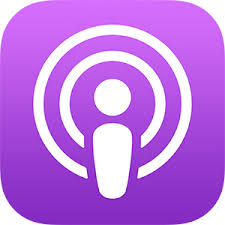Episode 251: Should I reward the smallest try…or expect more?
September 6, 2023/
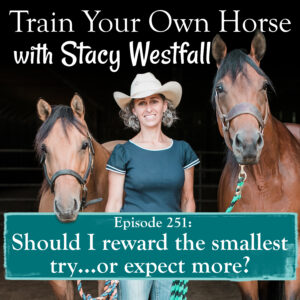
Early in training, or early in introducing a new concept, it is an EXCELLENT idea to reward the smallest try.
But here is the question.
When do you start expecting the full answer?
This is where people often get stuck.
In this podcast, I explain the challenge that comes along with only rewarding the smallest try, ant two common thought errors that keep people from aiming for the final answer.
Subtle shouldn’t mean incomplete…but if you’re not careful, that’s what you’ll teach.
SUBSCRIBE TO THE PODCAST HERE:
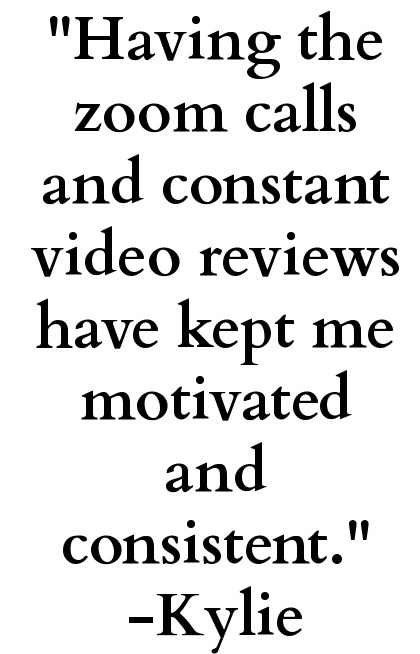
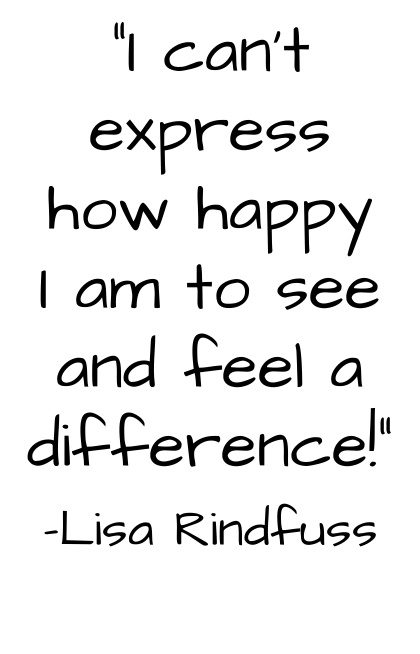
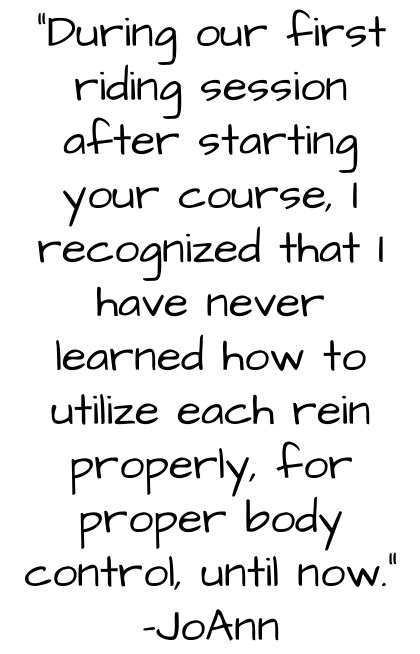
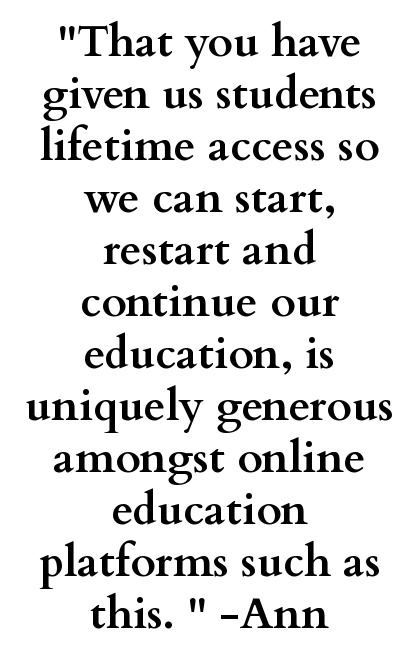
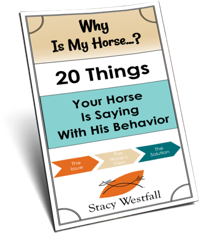
YOURS FREE
WHY IS MY HORSE...?

